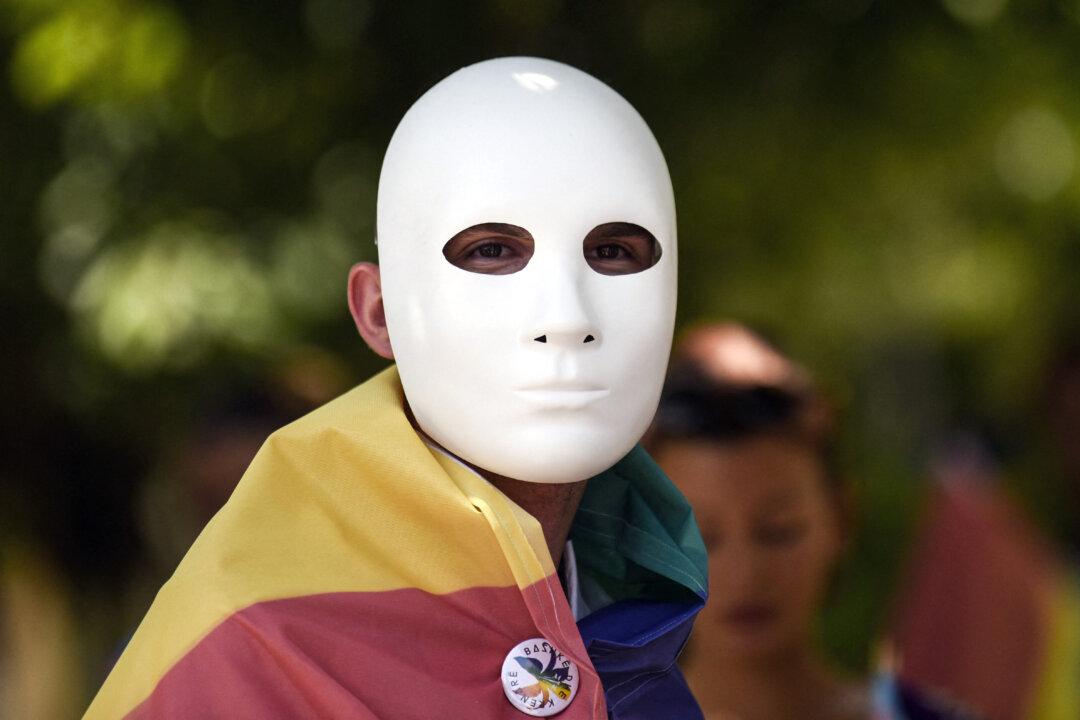Commentary
In less than a decade, what has been called a “transgender human rights movement” has morphed from stories about children and young people being born in the wrong body, to kids with “gender identity disorder” to “gender incongruence,” and now to “gender expression,” complete with its own line of makeup, fashion models, body scars, and hormone home delivery services.





